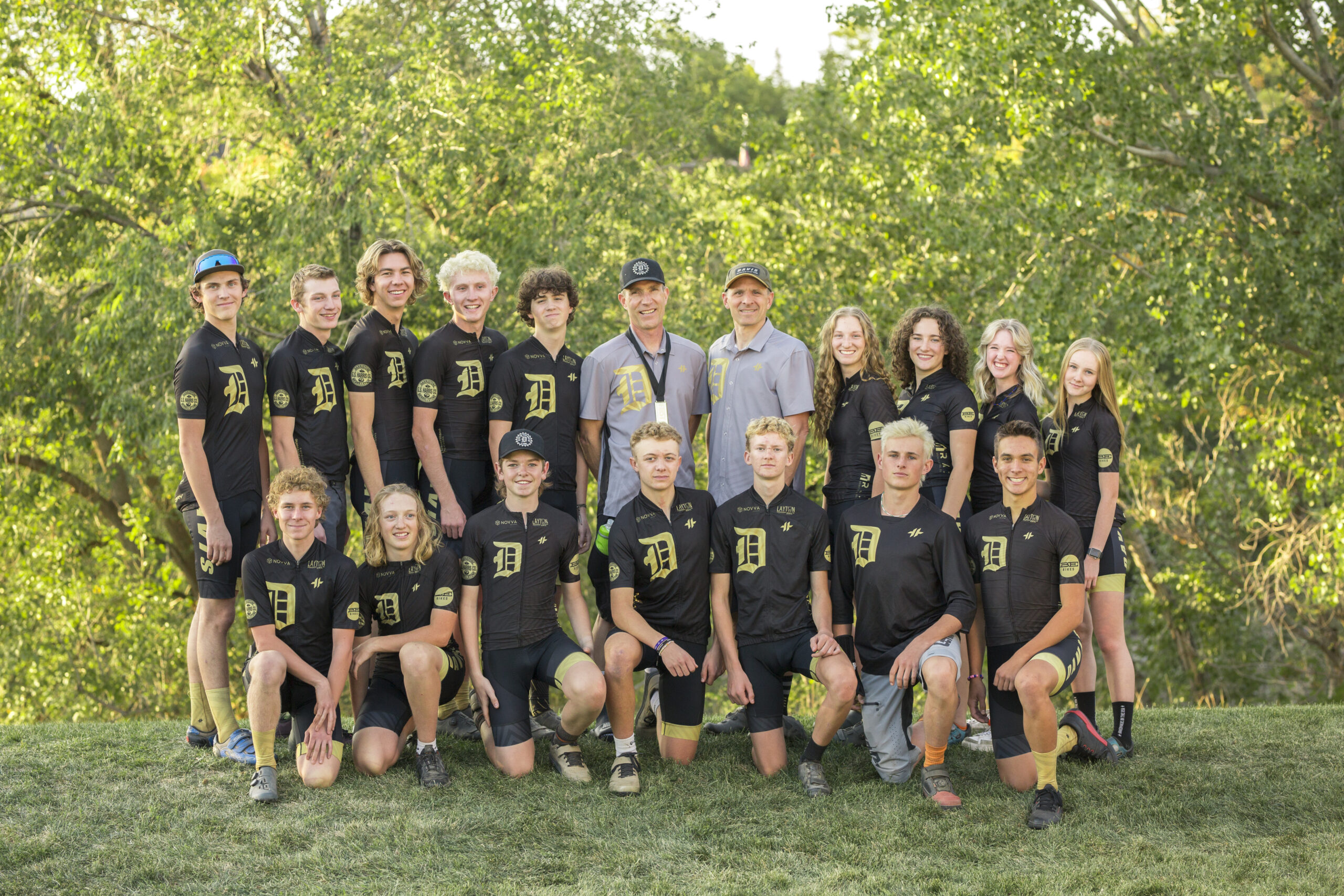Rules, Expectations, and Required Equipment
As a member of the Utah High School Cycling League and NICA, our riders are required to know and
abide by certain rules and safety etiquette. We expect all riders to read through these with their
parents so that you know what is expected of you.


Equipment that Student Supplies
- Properly Maintained Bike
- Helmet that fits properly
- Closed Toe Shoes
- Gloves
- Eye Protection
- Repair Kits – Spare Tube, Tire Levers
- Water Bottle or Water Pack
- Transportation and Lodging at all Races – (We try to carpool to practice rides)
- Bikers Edge gives a discount if you show your NICA registration card.
Safety
- There are definitely risks associated with this sport; however, we try to make sure that these risks are minimized to the best of our ability. Here are some ways to minimize the risks
- All adult volunteers at a minimum must pass a background check and a CDC concussion certificate course
- Coaches must pass Risk Management Course, Wilderness First Aid, and CPR class. We bring first aid kit to every ride and event
- We rely on you to tell us if your student has a medical condition that we need to watch closely, i.e. asthma, diabetes
- We enforce proper riding gear, especially helmets. Please invest in a properly fitted “mountain bike” helmet. **Road bike helmets don’t protect the back of the head enough**
- We preach hydration on every team ride. We will not let a student ride without a water bottle or hydration pack
- Always at least one adult riding “sweep” during every ride and every race
- We will evaluate skill levels during our 6 fun rides and teach basic skills to those that need additional help
- We will not ride if we do not have the appropriate amount of NICA licensed adults. Minimum 2 on EVERY RIDE + Minimum 1 Level 2 Coach per ride + 1 per 6 students ratio
- RACE DAY SAFETY – There are EMT’s, ambulances, medical tents, and other medical personnel on hand at every single race
Riders should plan to attend most practices to prepare for races. Developing fitness and riding skills dramatically improves safety and enjoyment at both the practices and races.
Riders who miss practice should plan to ride on their own to maintain fitness. Team rider fitness improves dramatically from week to week. Riders who do not regularly attend practice with their category tend to fall behind their peers and may have to be moved to another category.
IMBA RULES OF THE TRAILThese guidelines for trail behavior are recognized and honored around the world. https://www.imba.com/about/rules-trail 1 – Ride Open TrailsIn the past, riders who played by the rules opened up the places we all love today. With so many open trails available, there’s no reason not to find one.
2 – Leave No TraceThe primal appeal of mud doesn’t justify a splatterfest that damages the underlying trailbed.
|
3 – Control Your BicycleKeep your head up and your adrenaline in check.
|
4 – Yield AppropriatelyLearn the rules below as well as the local rules. You want every encounter to be a happy one.
|
5- Never Scare AnimalsA frightened animal can be both vulnerable and dangerous. The only thing that keeps animals safe from you is you.
|
6 – Plan AheadYou should also research your trip and pack wisely — preparing well is always easier than triage on the trail.
|
NICA rulebook is posted on utahmtb.org


